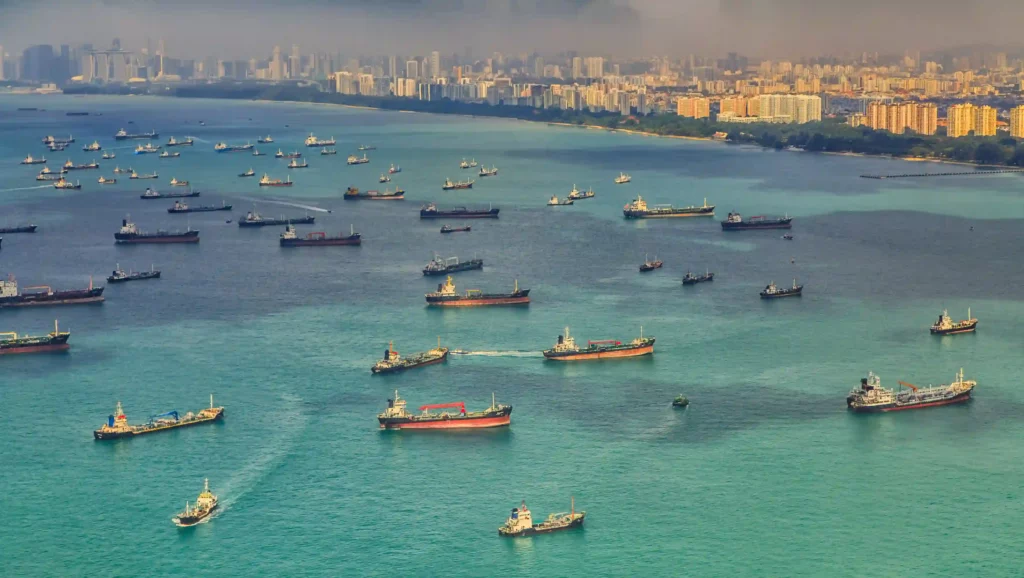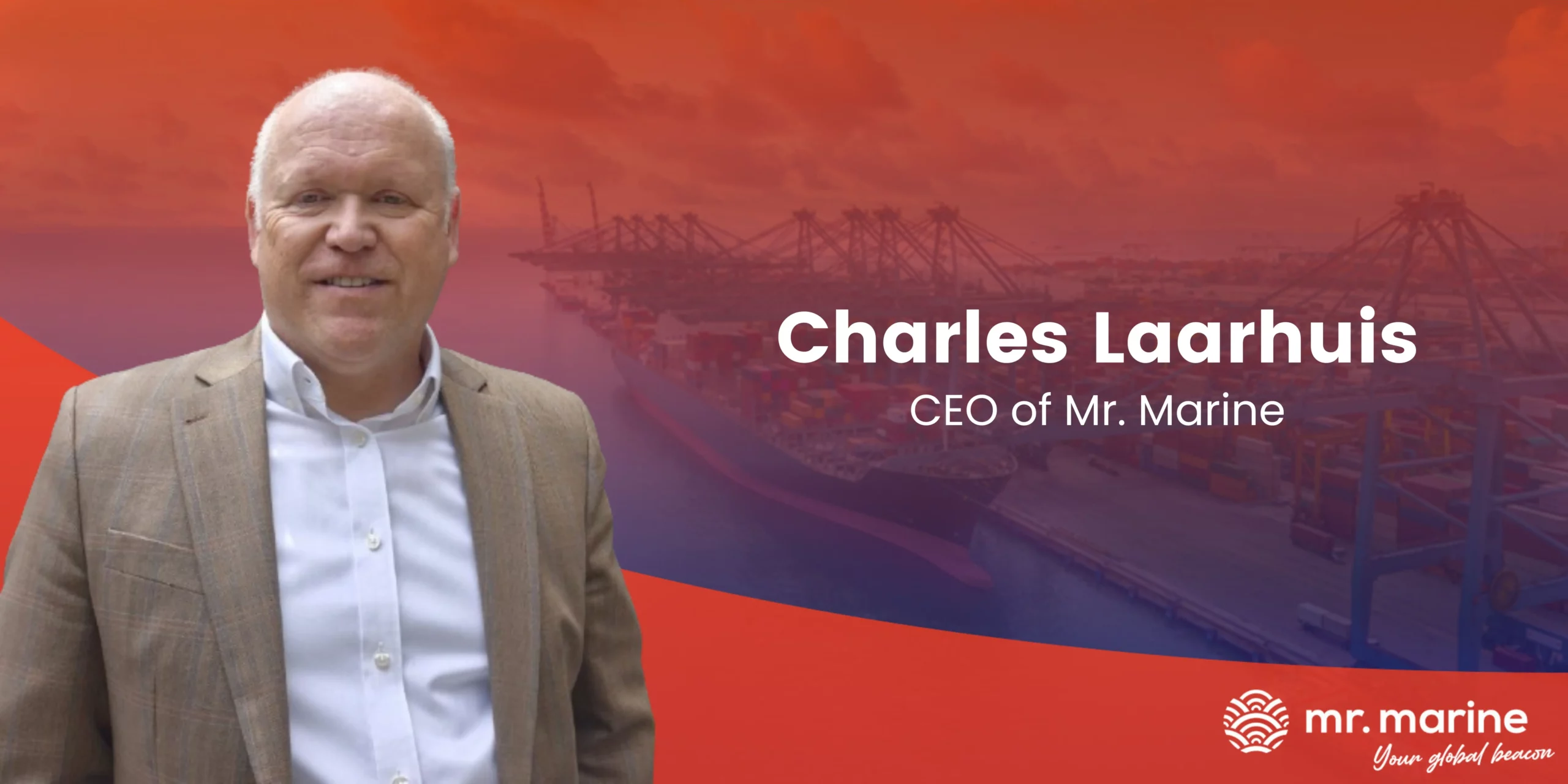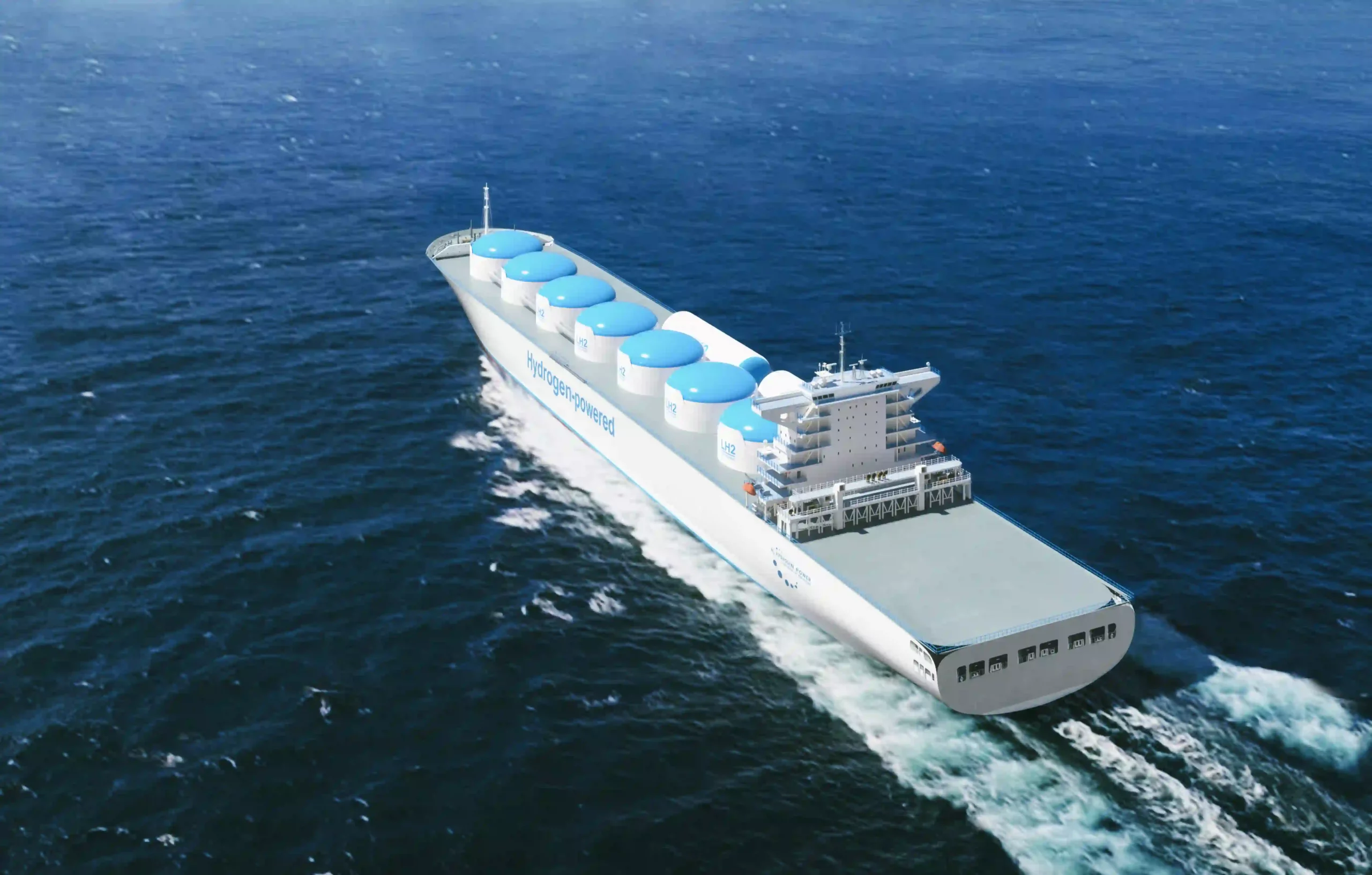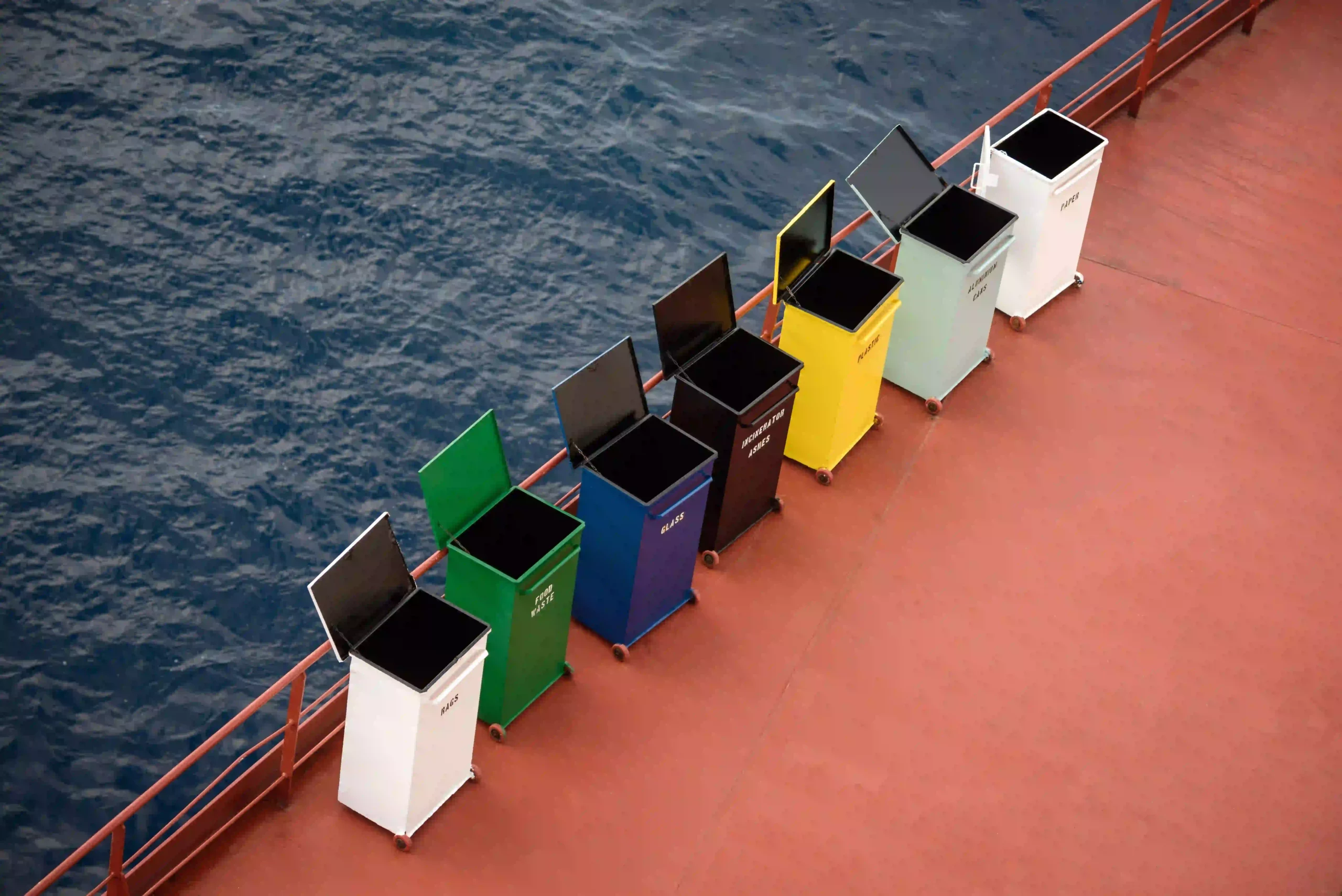The advances of technology in the last decades have helped scientists discover numerous planets outside the solar system. Out of the discoveries, many are speculated to harbor water in some form and quantity. However, up to this point, Earth is the only planet known to have stable bodies of liquid water, with oceanic water covering over 70% of its surface. Besides being an essential resource for life, our planet’s oceans allowed us to make any technological advances in the first place, considering that maritime transport is the backbone of international trade and the world economy. More than 80% of total trade in goods is carried by sea, and one can expect more than 50000 commercial ships to be active every single day.
Given such an enormous number of vessels is sailing the world’s oceans daily, one would not be mistaken for assuming there are lots of different types, each of them fulfilling different roles in this intricate exchange. In this article, we shall explore in depth what are the vessel types which can be found at sea and what each of them does. So, in case you were ever curious or wanted to learn more about the world of ships, Mr. Marine is here to help!
Before diving deep into the different vessel types known in the maritime world, categorizing the ships could help with an easier understanding of the subject at hand. In theory, there is no strict consensus on how ship types should be categorized, but there are some generally accepted classifications which are commonly used. Ships can be categorized based on various characteristics, depending on their intended purpose, design features, size and capacity, the type of cargo they carry, etc. For the sake of simplicity, the current article will explore ship types focusing on the type of cargo carried, while also taking into account function and purpose.
1. Container ships
Container vessels are the workhorses of global trade, designed to efficiently transport standardized cargo containers across the world’s oceans. These ships feature a distinctive box-like structure, facilitating the secure stowage of containers in a uniform manner. Known for their high carrying capacity, container vessels play an important role in the logistics chain, enabling the swift and cost-effective movement of goods between ports. Equipped with advanced loading and unloading systems, these vessels support the smooth transfer of containers, contributing significantly to the modern interconnected global economy.
2. Bulk Carriers
Bulk carriers are essential in the maritime industry for transporting large quantities of dry bulk commodities such as coal, ore and grain. Characterized by their large cargo holds, these vessels lack the containerized structure, allowing for the direct loading and unloading of loose bulk materials. Bulk carriers come in various sizes, accommodating different types of cargo, and are vital for the efficient movement of raw materials, supporting industries worldwide. With their straightforward design and focus on maximizing cargo volume, bulk carriers deliver important resources to the global supply chain.
3. Tanker Vessels
Tankers are specialized vessels designed for transporting liquid cargo across the seas. They play a key role in the global energy and chemical industries. Tankers are categorized based on the type of cargo they carry, including crude oil tankers, chemical tankers, LNG carriers and LPG carriers. Recognizable by their cylindrical storage tanks, these ships ensure the safe and efficient transportation of liquids. Tankers are instrumental for supplying energy resources and chemicals on a global scale, with advanced technologies and safety measures in place to handle the unique challenges posed by liquid cargo.
4. Ro-Ro (Roll-on/Roll-off) Ships
Ro-Ro (Roll-on/Roll-off) ships are designed for the swift loading and unloading of vehicles and other wheeled cargo. Their distinctive feature is built-in ramps, allowing vehicles to be driven directly on and off the vessel, streamlining the process. Ro-Ro ships cater to a variety of cargo, including cars, trucks, trailers and heavy machinery. This efficiency makes them a preferred choice for short-sea routes and transoceanic journeys alike. With their versatility and accessibility, Ro-Ro ships contribute significantly to the automotive industry and the transportation of oversized or wheeled goods across international waters.
5. Reefer vessels
Reefer vessels, or refrigerated cargo ships, are designed to transport perishable goods such as fruits and vegetables. Equipped with refrigeration systems, they maintain controlled temperatures, ensuring the freshness and quality of cargo during transit. These ships have an important part to play in the global supply chain for temperature-sensitive products.
6. Tugboats
Tugboats are robust vessels with the purpose of assisting larger ships in tight spaces like harbors. With powerful engines and towing equipment, they ensure safe navigation, helping with docking, undocking and towing operations. Tugboats have a key role in maritime logistics, enhancing the maneuverability of larger vessels within ports and narrow waterways.
7. Offshore vessels (OSVs)
Offshore vessels are essential for supporting various activities in the offshore oil and gas industry. These specialized ships provide crucial services, including the transportation of personnel, equipment and supplies to and from offshore platforms. Offshore support vessels (OSVs) come in various types, such as platform supply vessels (PSVs) and anchor handling tug supply (AHTS) vessels, each serving a specific purpose. OSVs help ensure the smooth and safe operations of offshore installations, contributing to the exploration, production and maintenance of energy resources at sea.
8. Passenger Vessels
Passenger vessels are purpose-built for transporting people across various waterways, offering diverse travel experiences. From short-distance ferries to luxurious ocean liners, these ships cater to different needs. Passenger ferries efficiently link coastal areas and islands, providing essential transportation services. Cruise ships, on the other hand, offer a leisurely and extravagant experience with onboard amenities such as dining, entertainment and recreational facilities. As such, the purpose of passenger vessels revolves around daily commutes or unforgettable vacations, contributing to the tourism industry and global maritime connectivity.
9. Naval Ships
Naval ships are instrumental in safeguarding maritime interests and maintaining national security. This category includes a diverse range of vessels designed for military purposes. Aircraft carriers serve as mobile airbases, projecting power and providing strategic air support. Destroyers and frigates are swift warships equipped for anti-submarine warfare and air defense. Submarines operate beneath the surface, offering stealth and strategic capabilities. Patrol boats are agile, patrolling coastal waters, while amphibious assault ships support marine landings. Overall, naval ships are essential for securing maritime borders, deterring threats, and projecting force, playing a critical role in a nation’s defense and global security.
10. Fishing vessels
Fishing vessels are specialized ships designed for harvesting marine resources and contributing to the global seafood industry. Trawlers are equipped with nets to catch fish near the ocean floor, while longliners use lines with baited hooks for specific species. Purse seiners encircle schools of fish with a large net, and crabbers target crustaceans. These vessels often feature onboard facilities for processing and storing catches, ensuring freshness. Fishing vessels play an important role in meeting global seafood demand and supporting livelihoods, making them vital contributors to both local economies and the broader food industry.
11. Research vessels
Research vessels are specialized ships designed for scientific exploration and data collection at sea. Equipped with advanced instrumentation and laboratories, they facilitate studies in oceanography, marine biology, geophysics and environmental science. These vessels often feature specialized equipment such as sonar systems, remotely operated vehicles (ROVs) and sampling tools to conduct research in deep-sea environments. Research vessels contribute significantly to our understanding of marine ecosystems, climate change and natural resources, playing a paramount role in advancing scientific knowledge and fostering innovation in various fields of marine research.
Mr. Marine is you service partner
In summary, the maritime industry boasts a diverse fleet, each vessel playing a strategic role in global operations. Container ships optimize trade routes, bulk carriers streamline resource transport and tankers facilitate vital energy distribution. Passenger vessels contribute to leisure and tourism, while tugboats ensure seamless port operations. Research vessels drive scientific exploration, and offshore vessels sustain energy production. In this intricate network, each vessel is a vital component, enhancing efficiency, connectivity and economic growth. As technology advances and industries evolve, these maritime assets will continue to adapt, reinforcing their significant contribution in the complex tapestry of international business and trade.
Note
Mr. Marine is here for your electromechanical equipment service needs, regardless of vessel type. We can perform installations, testing, inspections, annual calibrations & certifications, repairs and maintenance. We have plenty of experience working on both commercial and non-commercial ships, and we contributed to keeping them safe and compliant through all of the jobs completed. Let’s get in touch and discuss tailored solutions for your ships.
Sources:
https://gcaptain.com/gcaptain-bookshelf-review-of-maritime-transport-2018/










